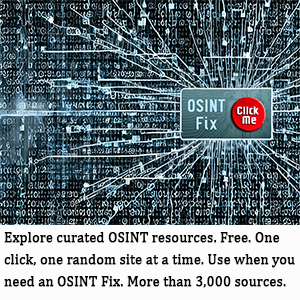Airships and AI: A Similar Technology Challenge
August 14, 2025
 This blog post is the work of an authentic dinobaby. Sorry. No smart software can help this reptilian thinker.
This blog post is the work of an authentic dinobaby. Sorry. No smart software can help this reptilian thinker.
Vaclav Smil writes books about the environment and technology. In his 2023 work Invention and Innovation: A Brief History of Hype and Failure, he describes the ups and downs of some interesting technologies. I thought of this book when I read “A Best Case Scenario for AI?” The author is a wealthy person who has some interaction in the relaxing crypto currency world. The item appeared on X.com.
I noted a passage in the long X.com post; to wit:
… the latest releases of AI models show that model capabilities are more decentralized than many predicted. While there is no guarantee that this continues — there is always the potential for the market to accrete to a small number of players once the investment super-cycle ends — the current state of vigorous competition is healthy. It propels innovation forward, helps America win the AI race, and avoids centralized control. This is good news — that the Doomers did not expect.
Reasonable. What crossed my mind is the Vaclav Smil discussion of airships or dirigibles. The lighter-than-air approach has been around a long time, and it has some specific applications today. Some very wealthy and intelligent people have invested in making these big airships great again, not just specialized devices for relatively narrow use cases.
So what? The airship history spans the 18th, 19th, 20th, and 21st century. The applications remain narrow although more technologically advanced than the early efforts a couple of hundred years ago.
What is smart software is a dirigible type of innovation? The use cases may remain narrow. Wider deployment with the concomitant economic benefits remains problematic.
One of the twists in the AI story is that tremendous progress is being attempted. The innovations as they are rolled out are incremental improvements. Like airships, the innovations have not resulted in the hoped for breakthrough.
There are numerous predictions about the downsides of smart software. But what if AI is little more than a modern version of the dirigible. We have a remarkable range of technologies, but each next steps is underwhelming. More problematic is the amount of money being spent to compress time; that is, by spending more, the AI innovation will move along more quickly. Perhaps that is not the case. Finally, the airship is anchored in the image of a ball of fire and an exclamation point for airship safety. Will their be a comparable moment for AI?
Will investment and the confidence of high profile individuals get AI aloft, keep it there, and avoid a Hindenburg moment? Much has been invested to drive AI forward and make it “the next big thing.” The goal is to generate money, substantial sums.
The X.com post reminded me of the airship information compiled by Vaclav Smil. I can’t shake the image. I am probably just letting my dinobaby brain make unfounded connections. But, what if….? We could ask Google and its self-shaming smart software. Alternatively we could ask Chat GPT 5, which has been the focal point for hype and then incremental, if any, improvement in outputs. We could ask Apple, Amazon, or Telegram. But what if…?
I think an apt figure of speech might be “pushing a string.”
Stephen E Arnold, August 14, 2025


